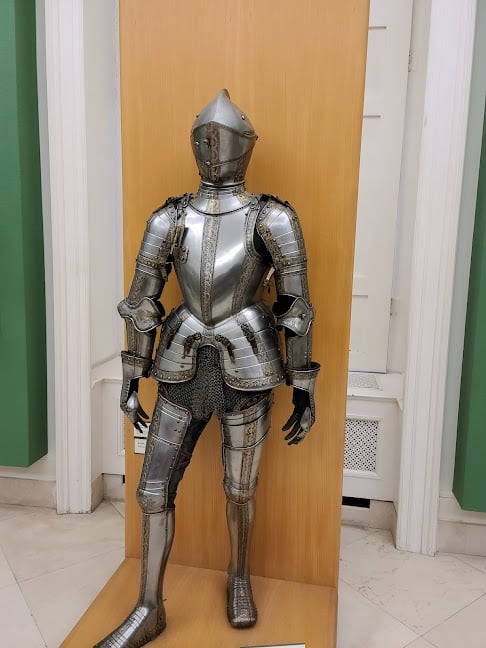Hungarian National Museum





Ask ThatchGPT
Suggest a local expert to plan my trip
Suggest an unique itinerary for my Budapest trip
What foods do Budapest locals eat
What are some true hidden gems in Budapest
Help me brainstorm trip ideas for Budapest
Help me plan a family-friendly trip to Budapest
What people say
Pedro Pereira
Available for hire
"The origins of the museum trace back to Count Ferenc Széchényi, who established the National Széchényi Library in 1802, laying the foundation for the museum. In 1807, Széchényi's wife donated a mineral collection, expanding the institution's scope beyond just a library. The Hungarian National Parliament became involved in supporting the museum's development in 1832–1834, allocating funds for the construction of a dedicated building.
The museum moved to its current location on Múzeum körút in 1846, and played a key role in the Hungarian Revolution of 1848. The famous poem "Nemzeti dal" by Sándor Petőfi was read on the steps of the museum, sparking the revolutionary movement. In commemoration, statues of János Arany and a memorial plaque for Sándor Petőfi were added to the building. During this period, the upper house of the parliament also held its sessions at the museum until the construction of a new parliament building. The museum remains a site of national significance, with events marking National Commemorations Day held annually in front of the building.
In 1949, the ethnographic and natural history sections of the museum were separated to form the Hungarian Natural History Museum and Ethnographic Museum, with the National Széchényi Library becoming its own institution. Over time, more affiliated museums, including the Castle Museum in Esztergom, joined the museum network.
The museum hosts seven permanent exhibitions, providing a detailed history of Hungary:
Prehistory and Ancient Hungary – covering archaeological artifacts from the Avar period and earlier.
Medieval and Early Modern Hungary – including the Coronation Mantle and medieval relics.
Modern History – focusing on key events such as the Rákóczi War of Independence and Hungary's communist period.
Stone Inscriptions and Carvings – showcasing medieval and early modern stonework.
Roman Lapidary – featuring ancient Roman inscriptions and carvings discovered in Hungary.
Additionally, the museum celebrates the contributions of Hungarian scholars in the 20th century with dedicated exhibits.
The museum's neoclassical building, designed by Mihály Pollack, is a monumental example of 19th-century architecture. The portico is adorned with statues by Raffael Monti, including a famous figure of Hungary, flanked by Science and Art. The museum’s staircase features murals by Károly Lotz and Mór Than, which have been in place since 1875.
A garden at the museum hosts cultural events, including concerts, and has been the setting for performances by Ferenc Liszt. The museum garden also serves as the venue for the annual Museum Festival."
Read more in:
Keren
"El Museo Nacional Húngaro, situado en Budapest, es un tesoro cultural que narra la historia y la herencia de Hungría. En un majestuoso edificio neoclásico, la colección abarca arte, artefactos y documentos, ofreciendo una visión integral del pasado húngaro, desde la prehistoria hasta eventos clave como la Revolución de 1848. Además de sus exposiciones permanentes, el museo presenta eventos culturales y exposiciones temporales, brindando una experiencia enriquecedora para quienes buscan sumergirse en la historia y la cultura de Hungría."
Silvia De Caro
Available for hire
"The Hungarian National Museum is located in the heart of Budapest and among the things not to be missed inside is the coronation cloak of the Kings of Hungary! It is one of the most interesting museums in the city.
👣How to get there: reachable on foot from Central Market (500m, 8min) Metro stop: Kálvin tér, Line M3 and M4.
🎟️Ticket cost: full price 2,900 HUF (€7.00), reduced price 1,450 HUF (€3.50)."
Read more in:
Mentioned in these guides
About Hungarian National Museum
Get the inside scoop on Hungarian National Museum from local experts, travel creators, and tastemakers. Browse genuine trip notes, Hungarian National Museum reviews, photos, travel guides, and itineraries from real travelers and plan your trip with confidence.
Website
Phone
Save this spot for later or start mapping out a new trip today
Try our AI Travel Assistant and get instant answers to any questions about your trip.
Ask ThatchGPT


